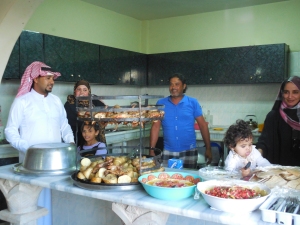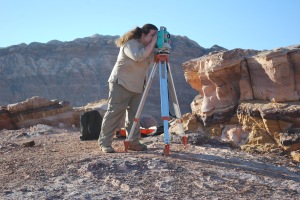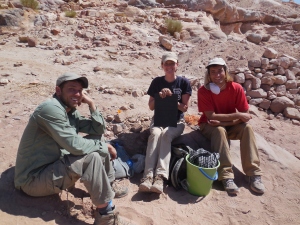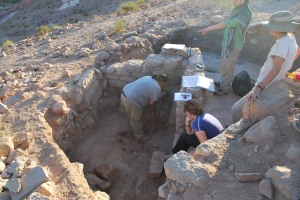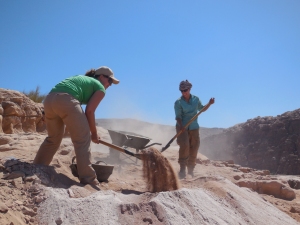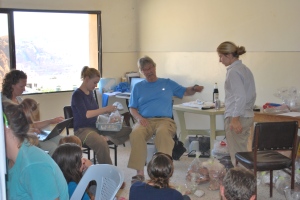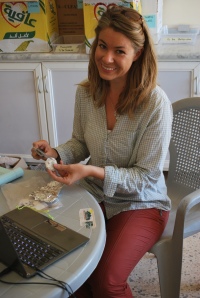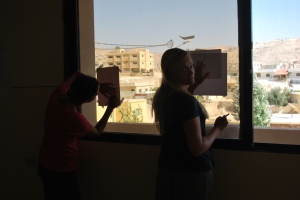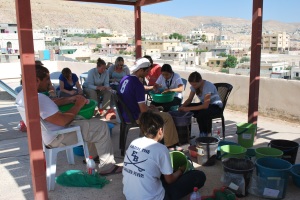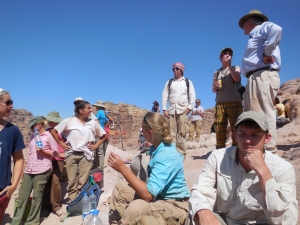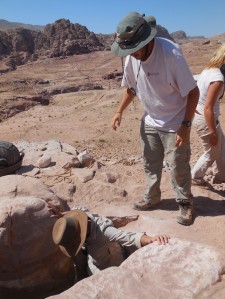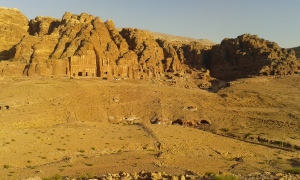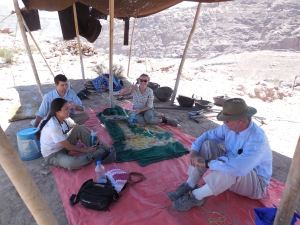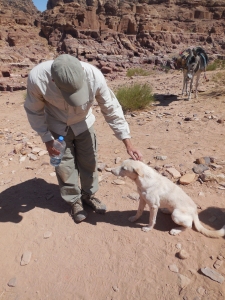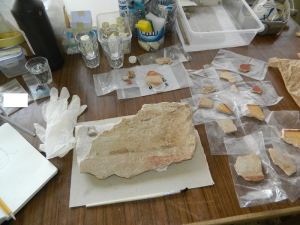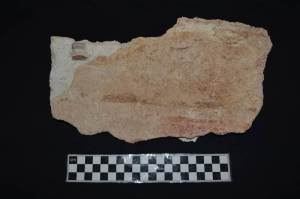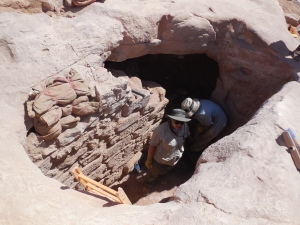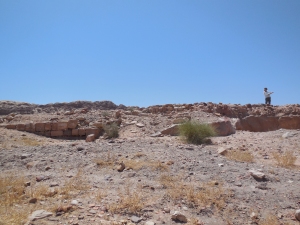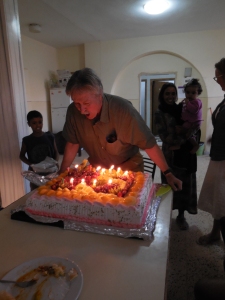This is going to begin like a cliché but please believe me I mean it sincerely. This has truly been an important and amazing experience in my life. Practical experience cannot be underestimated. PNRP14 first caught my attention for its exotic location and the opportunity to do a combined excavation and Bioarchaeological field school. It is true that Petra is beautiful and breathtaking. The monumental architecture is stunning and the landscape has a stark allure. The people are so welcoming and friendly. Culturally Jordan is a very positive experience in and of itself. The opportunity to learn from the workers and be a daily witness to their strength and joy has a lasting affect on your own attitude. Their humor is contagious and brightens the workday. However the most important aspect of this experience is what can be learned. I was assigned to Tomb B7 for my duration at Petra. We began by removing the capstone from the top, an encouraging sign of interesting things to come. The first main challenge came with removing the large amount of fill that had accumulated in the tomb. As we moved down into the shafts the different loci could be separated out not only through color changes soil, but also through soil density and artifact density. The last two were not things I had considered before and learning the combined importance of color, density, and artifact content helped me better understand how the stratigraphic sequences were deposited and worked. Theory is wonderful but it doesn’t beat hands on experience. Next was learning measurement taking and balk drawings. Both required more precision than I had been expecting. The importance of paperwork and being detailed oriented in paper work and separation of artifacts really brought home the concept of the importance of record keeping. Again the theory of the destruction of archaeology had always been discussed in my classes but watching its process brought home to me the importance of record keeping. I had the opportunity to be on the sifter a good portion of my time and learned a tremendous amount from our Bedouin workers on recognizing the different types of artifacts that come up and are important to separate and save. We had a plethora of pottery come up along with faunal bone (both burnt and unburnt), metal, glass, and shell. We found worked items including faunal bone that had been smoothed down, also a possible hairpin worked from faunal bone. We found several pieces of worked shell, possibly pendants or other types of jewelry. Another interesting find was a small carving of a lion or tiger in plaster. It was not any bigger than my thumbnail but gave an interesting insight into the importance of possible animal symbolism in Nabataean culture. We also found pieces of a horse sculpture in one of the burial shafts. This last week has been very interesting, as we have gotten down to rock bed and found five burial shafts in our tomb. I am excited to see all that we uncover and can utilize to better understand the burial and funerary practices of the Nabataeans.


